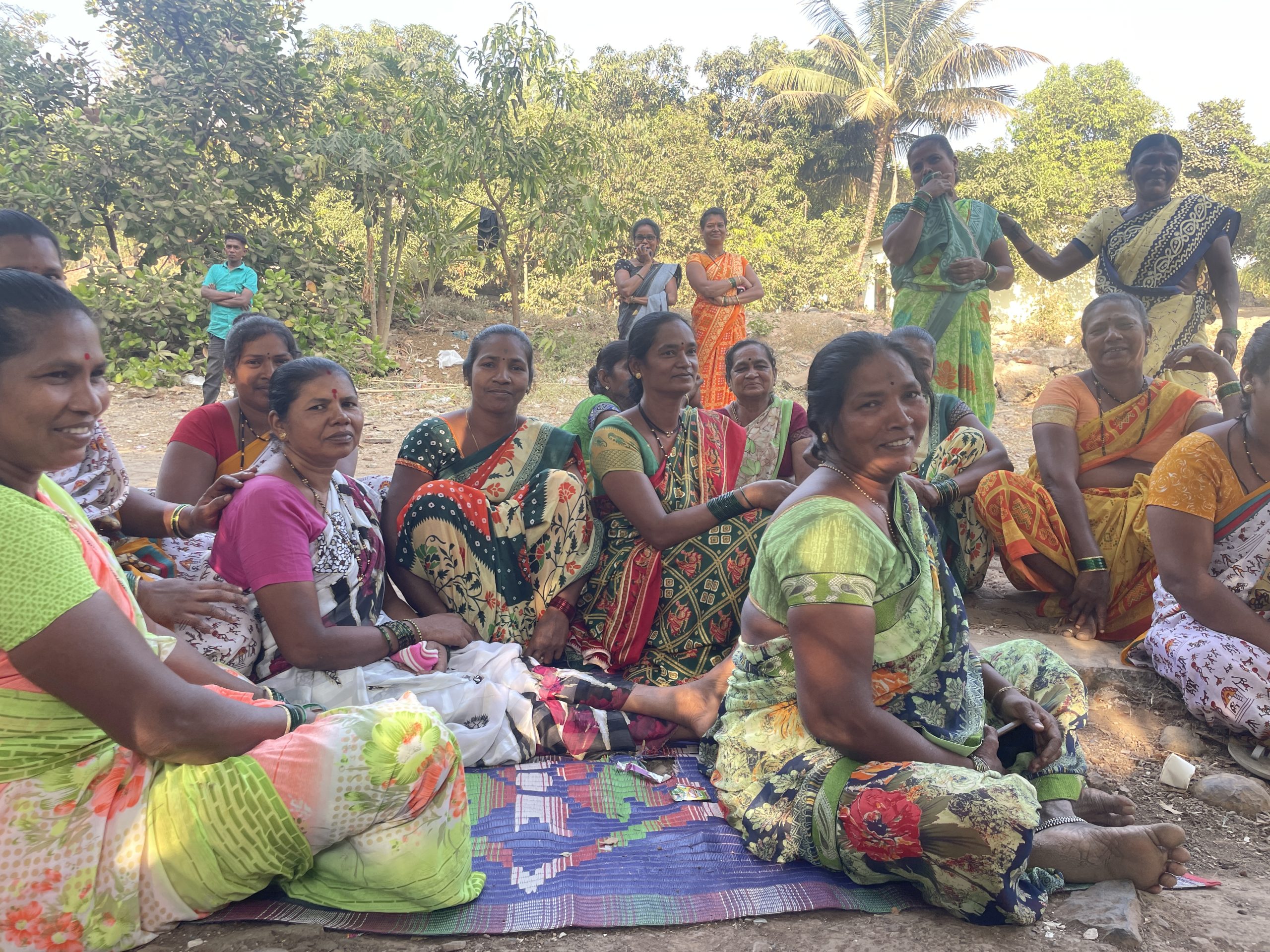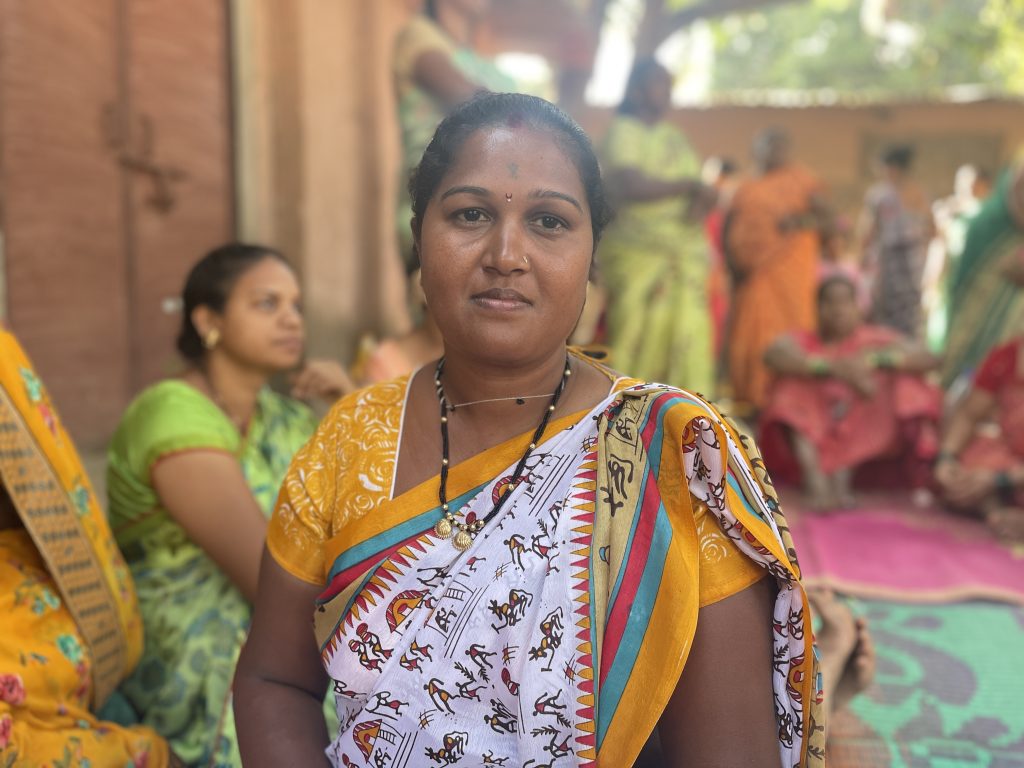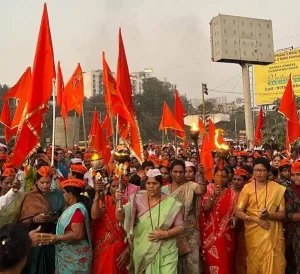[Readmelater]
In A Forest Amidst Mumbai’s Concrete Jungle, Adivasi Women Are Demanding Their Right To Shelter And Dignity
An ambitious road project is likely to swallow many Adivasi homes in Aarey forest, already the site of many other development projects

Women protestors at a sit-in protest in Aarey’s Habalepada a day after police tried to forcibly remove them / Shreya Raman
Support BehanBox
We believe everyone deserves equal access to accurate news. Support from our readers enables us to keep our journalism open and free for everyone, all over the world.








